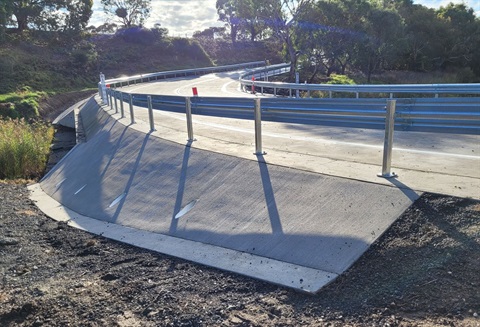ARPANSA has released a consultation draft of the new safety standard for exposure to radiofrequency electromagnetic energy – also known as radio waves.
Radio waves are part of daily life. They are produced from services such radio, television and mobile telecommunications – including the 5G network – as well as household consumer products like microwave ovens and WiFi networks.
Radio waves are also widely used in many industrial heating processes. The safety standard sets limits for public and occupational exposure across all types of radio waves.
The new safety standard will replace ARPANSA’s existing standard for radio waves: Radiation Protection Standard for Maximum Exposure Levels to Radiofrequency Fields – 3 kHz to 300 GHz (2002)
‘We’re pleased to share our new draft radiofrequency safety standard for public consultation’, said Dr Carl-Magnus Larsson, ARPANSA CEO.
The standard is based on guidelines published by the International Commission on Non-ionizing Radiation Protection (ICNIRP) and supported by the World Health Organization.
ICNIRP released new guidelines for radiofrequency radiation protection in March 2020.
‘Australia is one of the first jurisdictions to update the exposure standard for radio waves to align with the new ICNIRP guidance’, said Dr Larsson.
In line with the ICNIRP guidelines, the exposure limits set in the draft ARPANSA safety standard are similar to those in the 2002 standard, with some refinements. These refinements take into account current scientific knowledge of how radio waves are absorbed within the body.
The draft safety standard is applicable to all sources of radio waves including the 5G mobile network and future telecommunications.
The draft safety standard continues to provide strong protection for the public and workers and ARPANSA invites industry, regulators, government and members of the public to engage in the consultation process.
‘We invite stakeholders to provide feedback and input as part of our consultation process’, said Dr Larsson.
The consultation will be open from 31 August until 30 September 2020.








